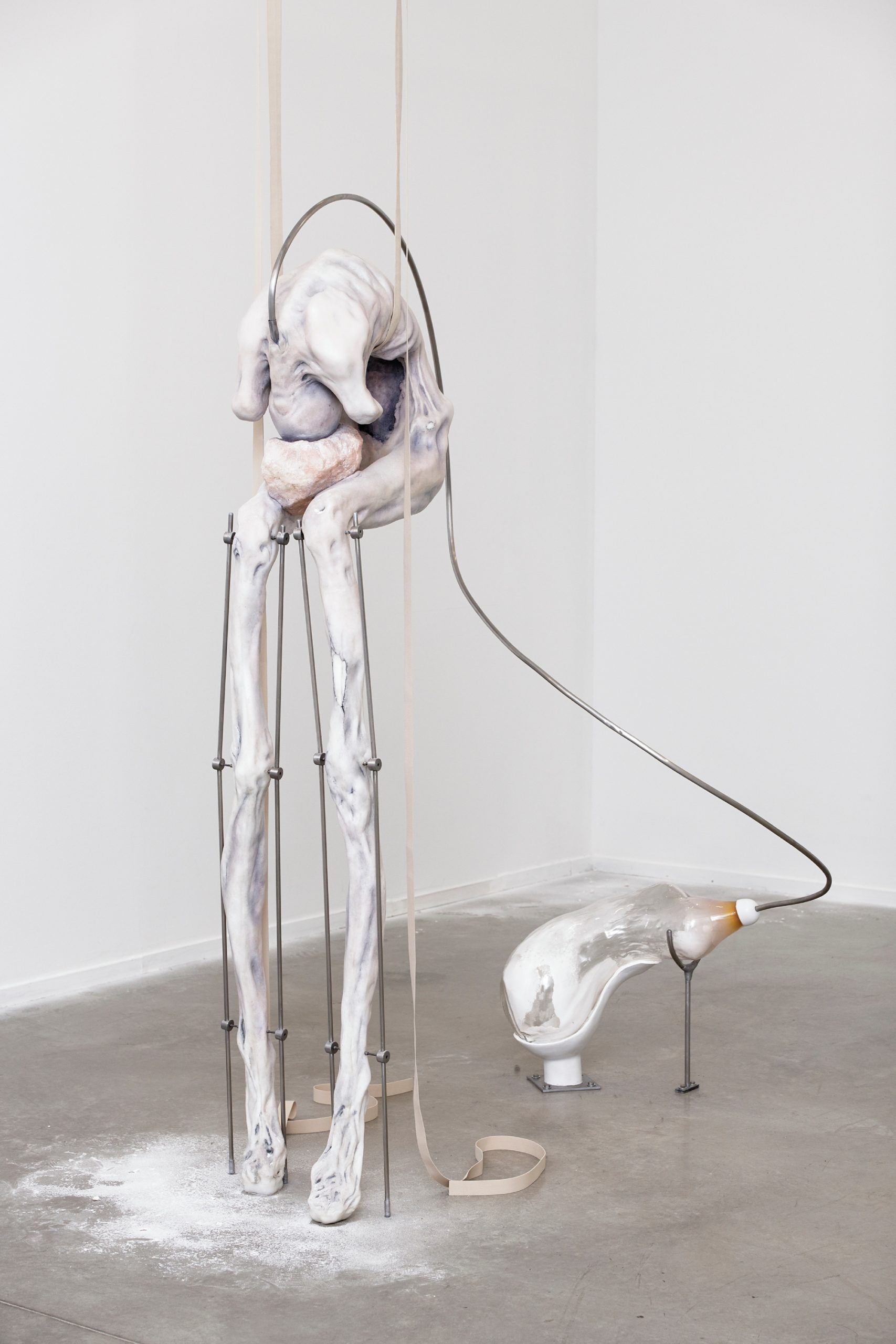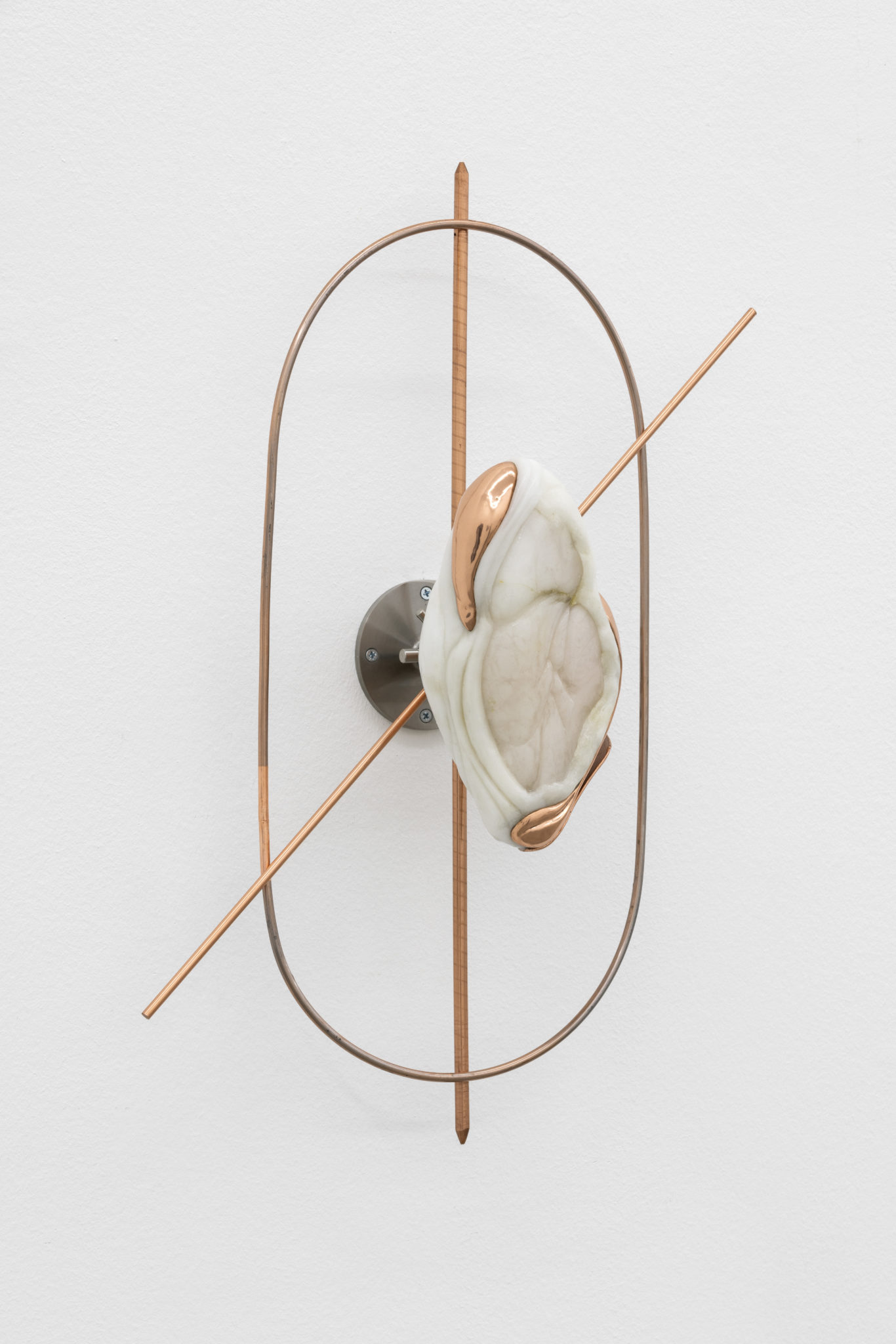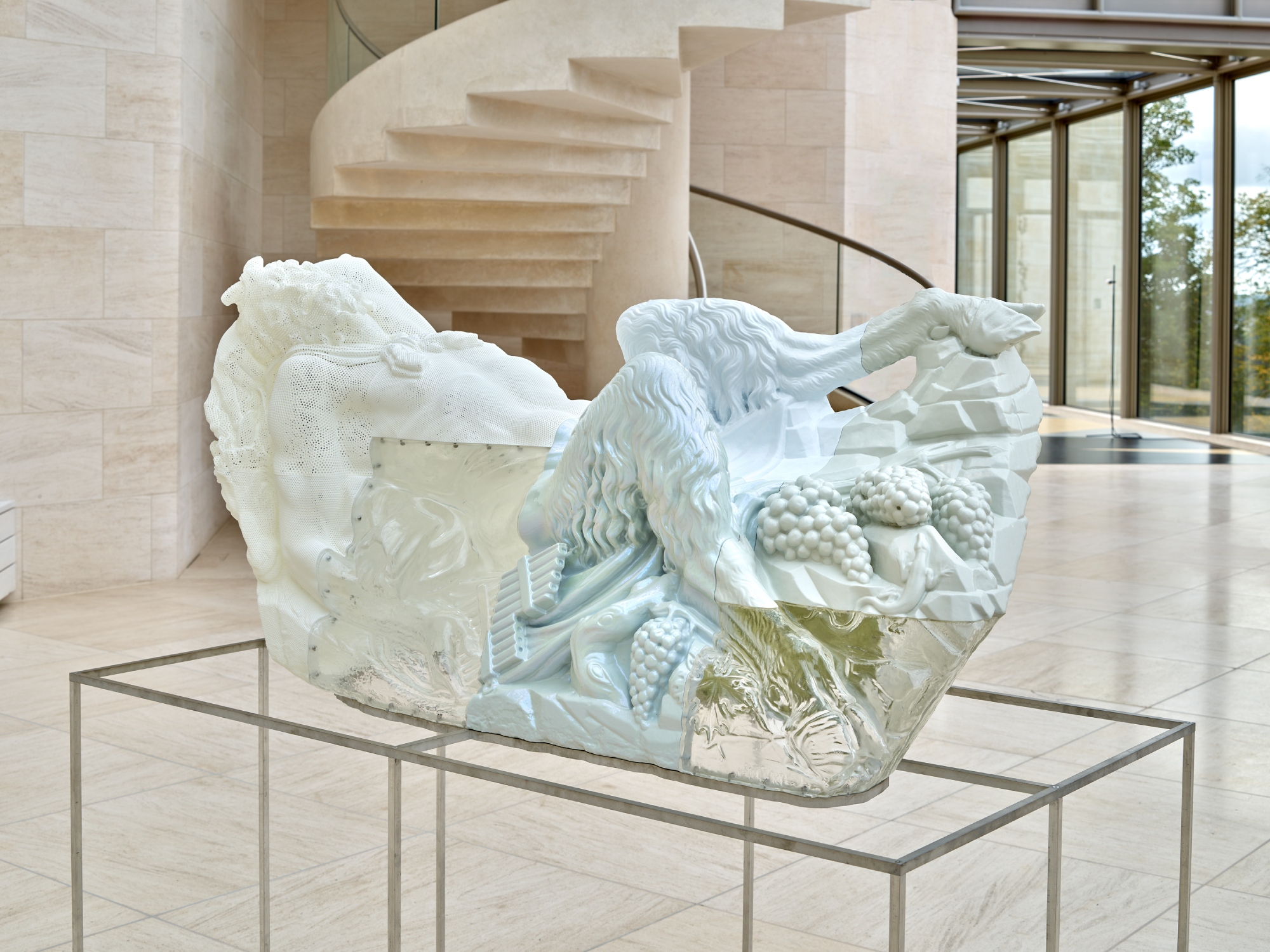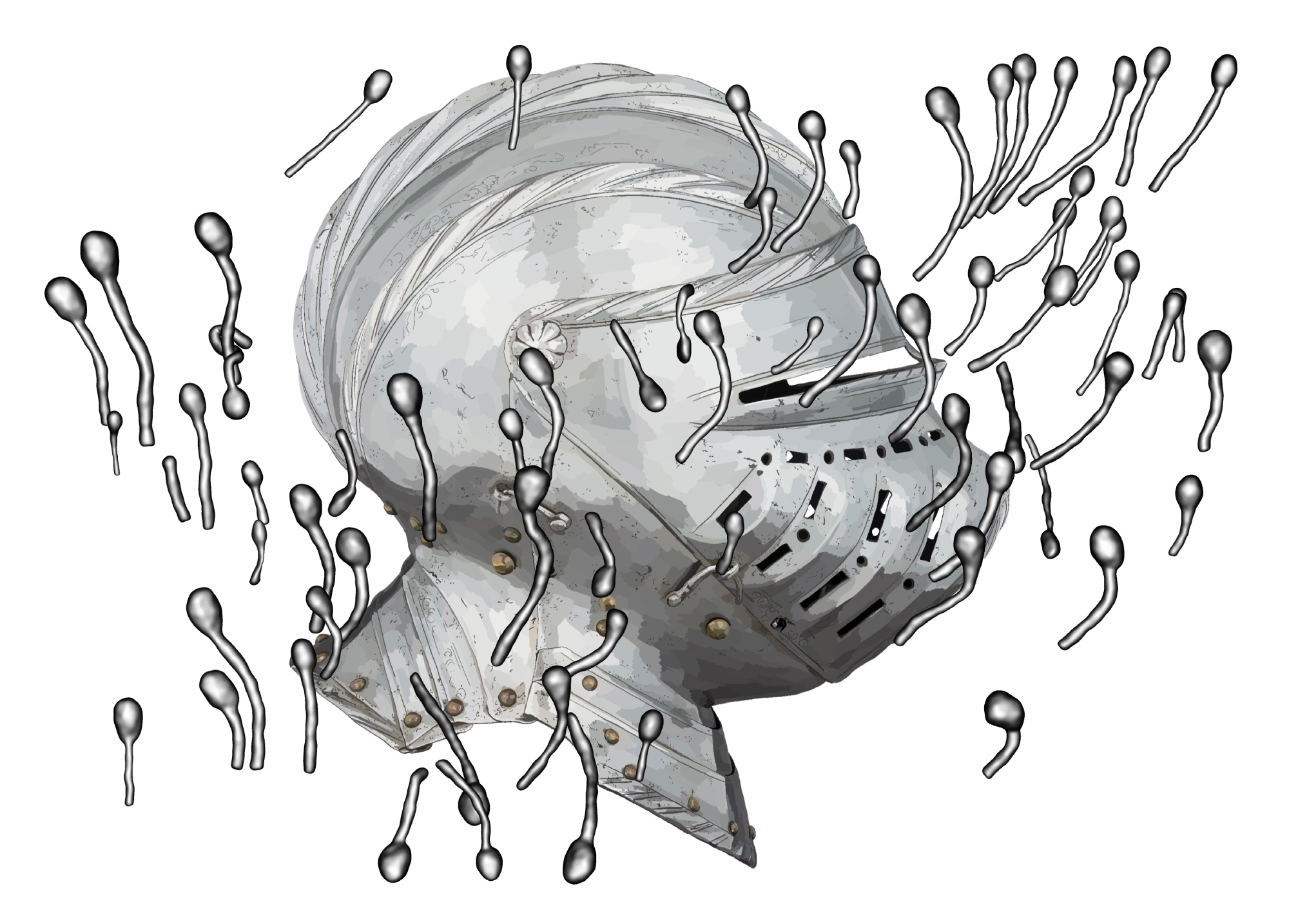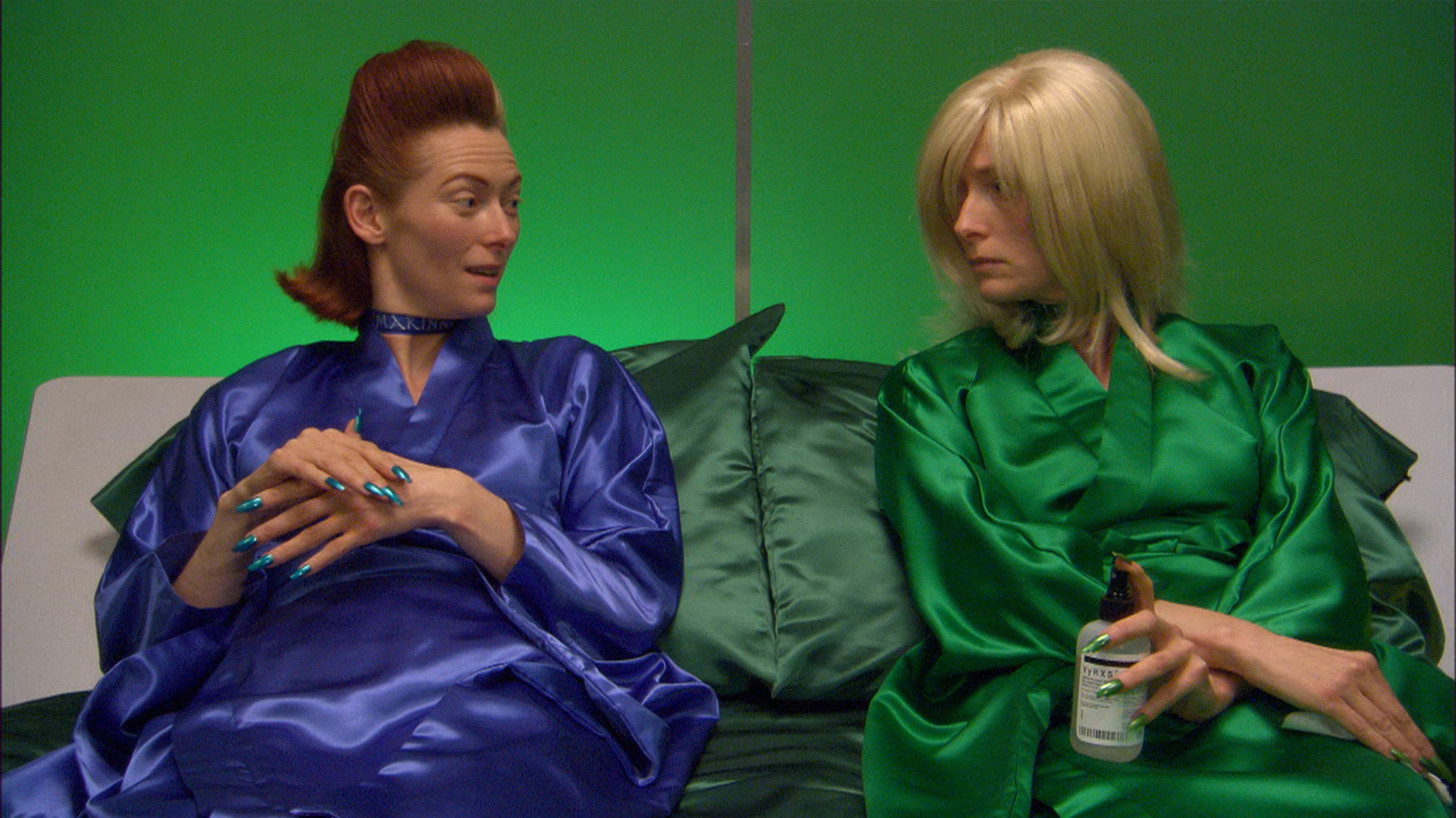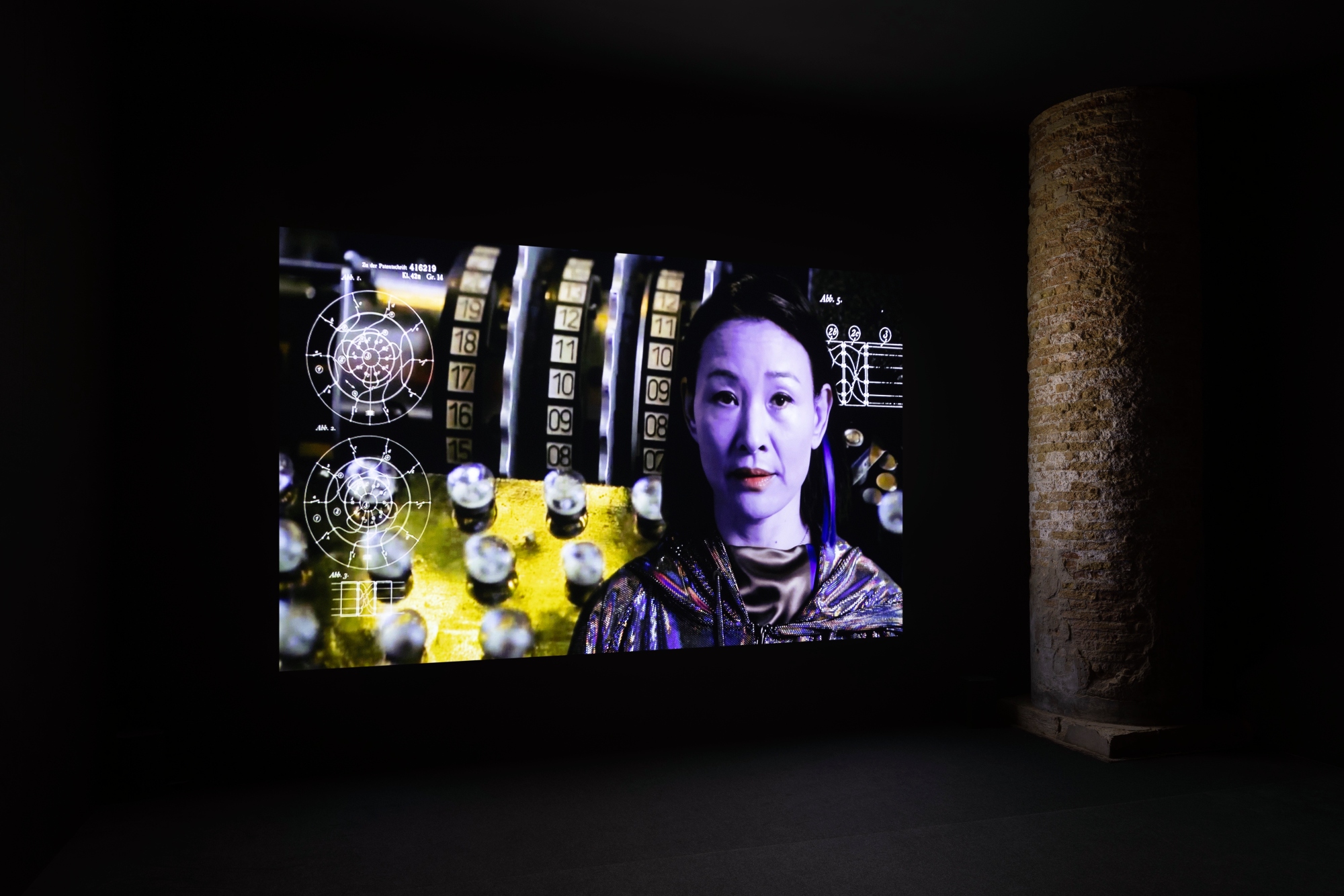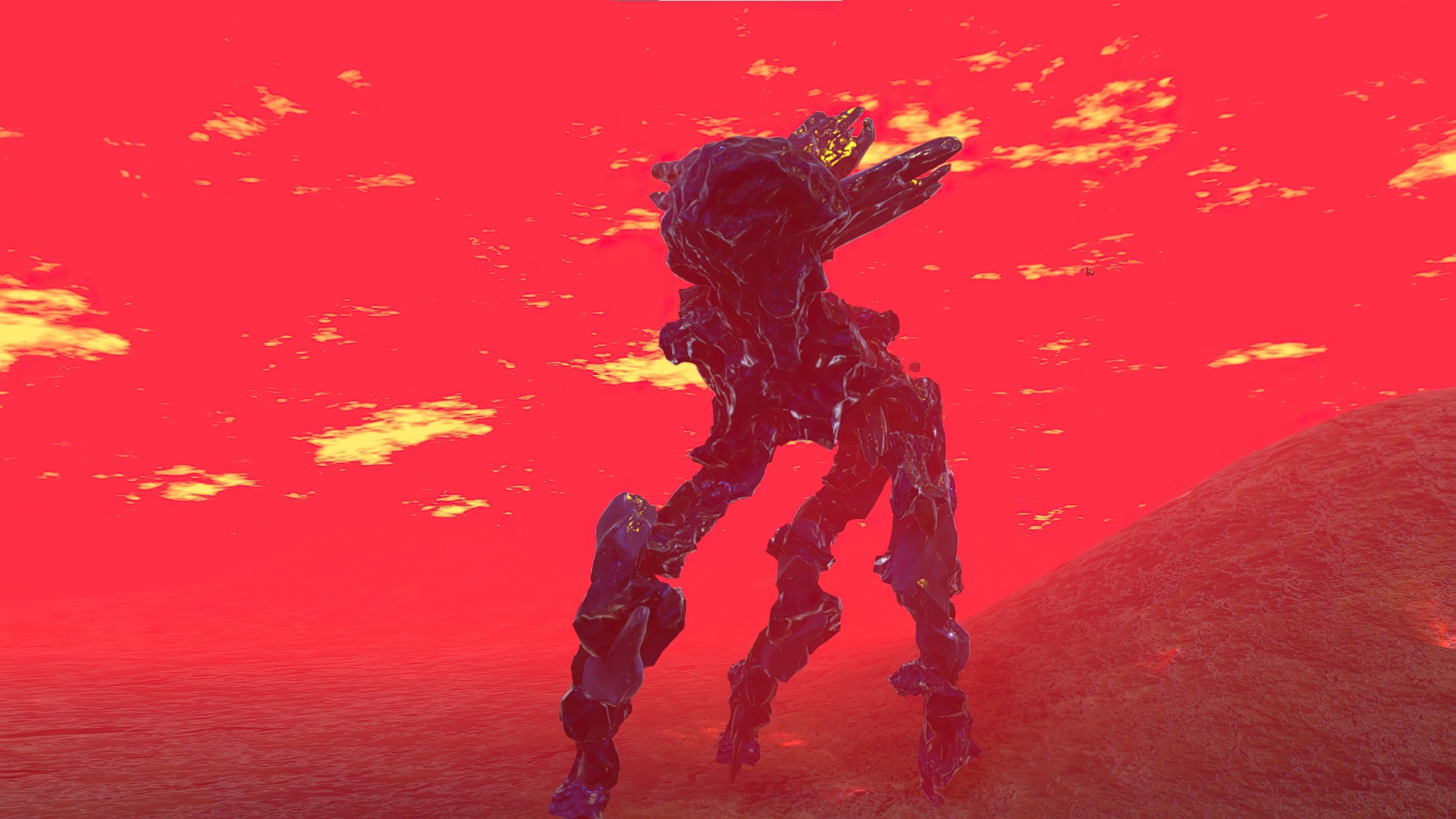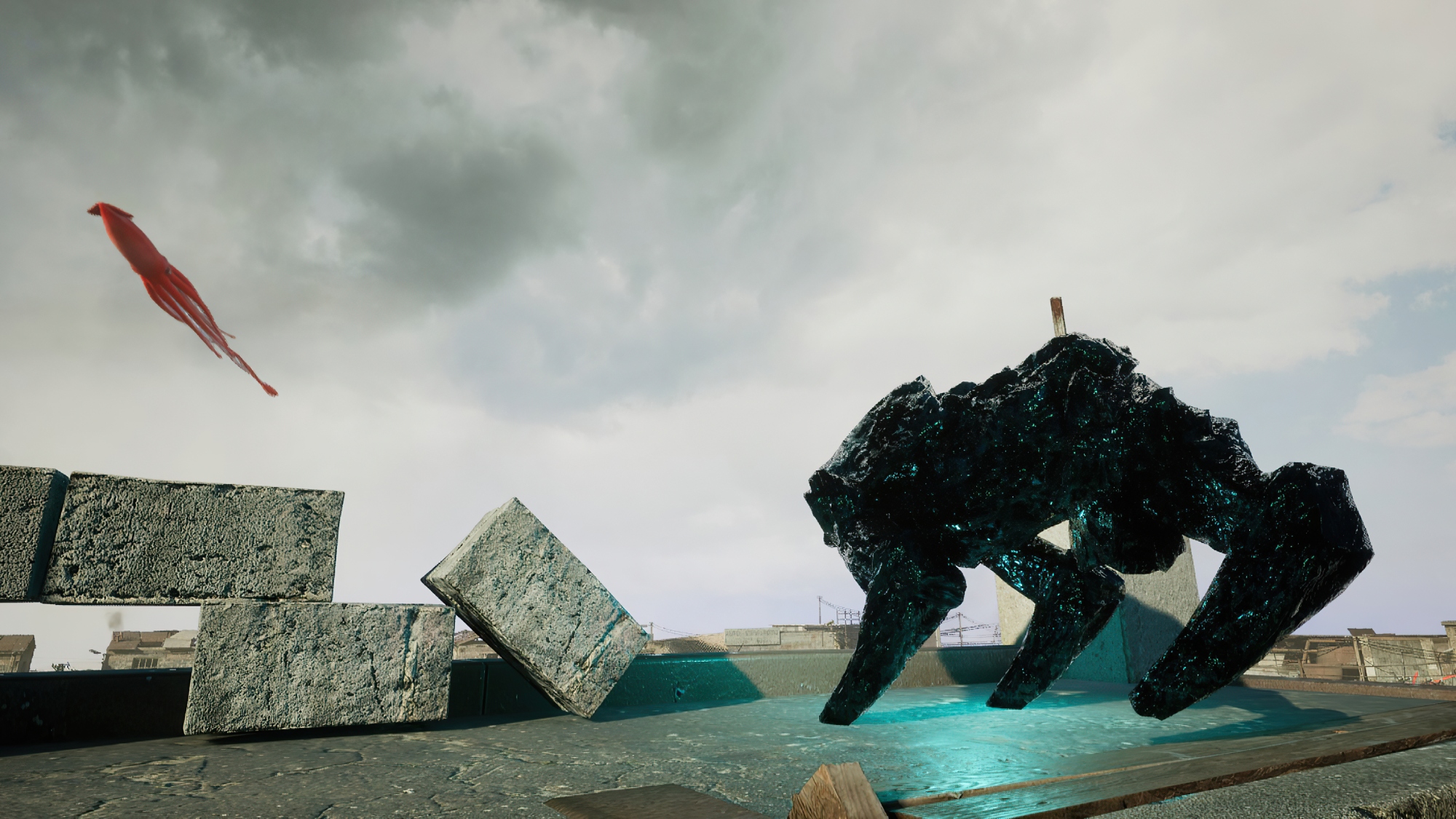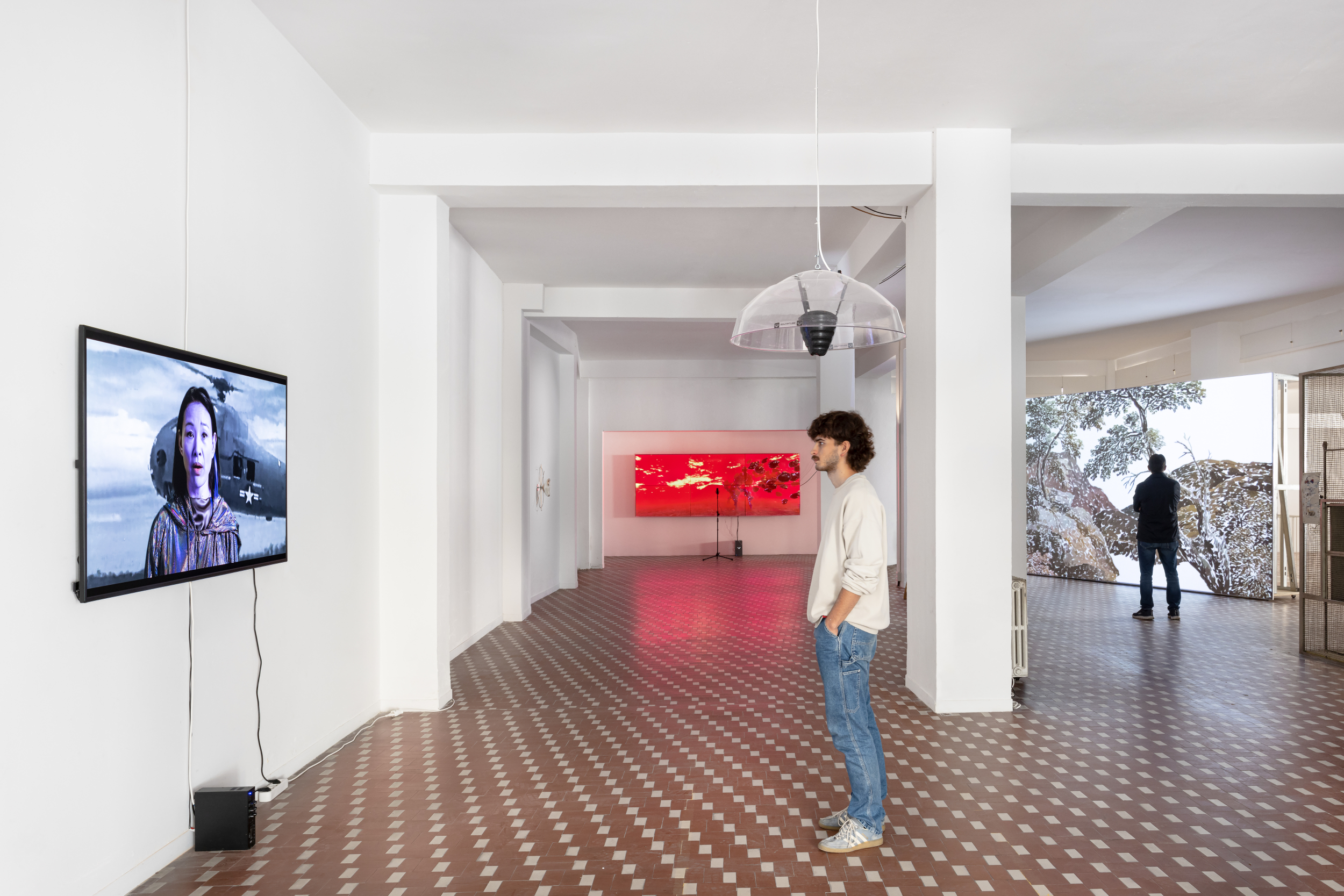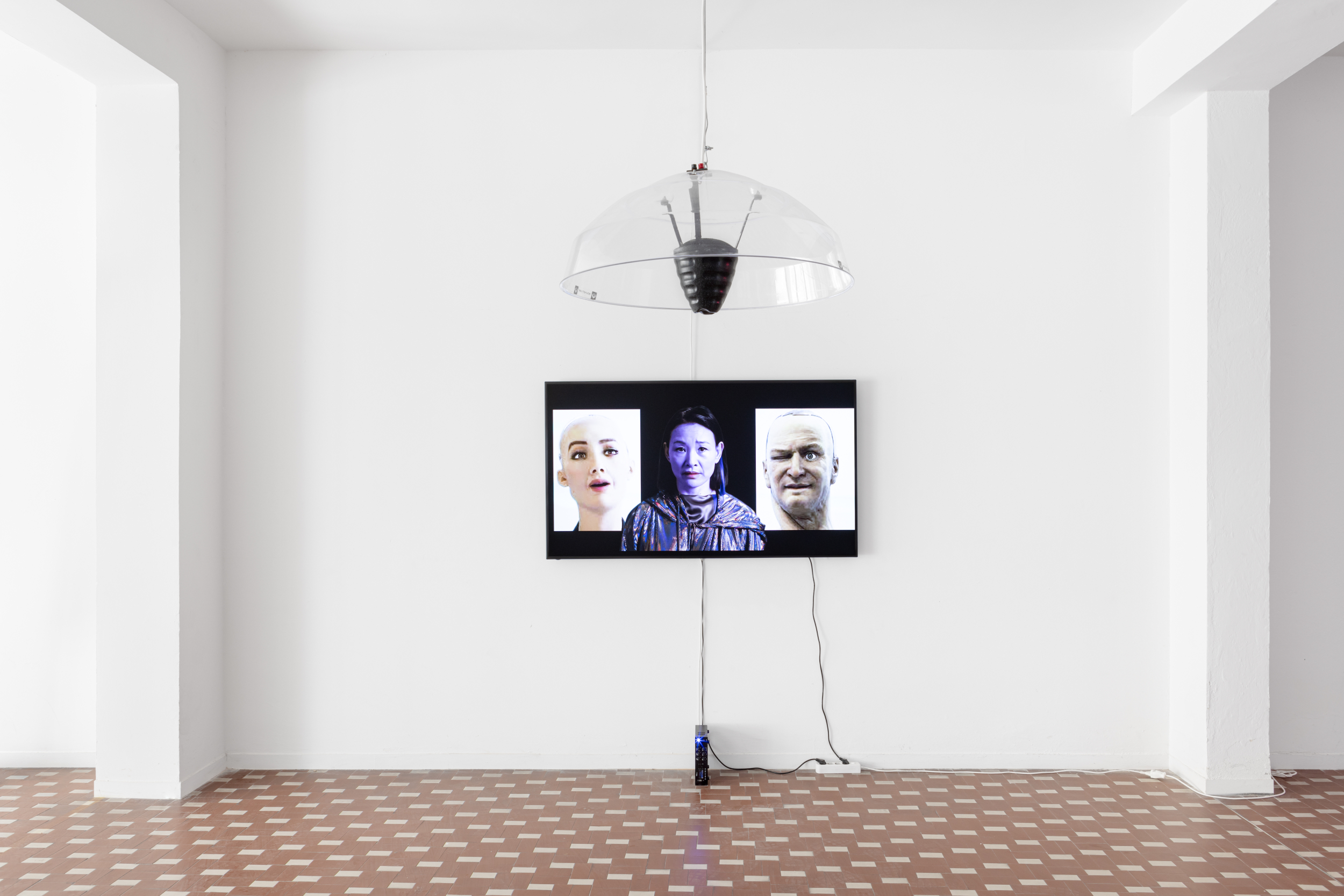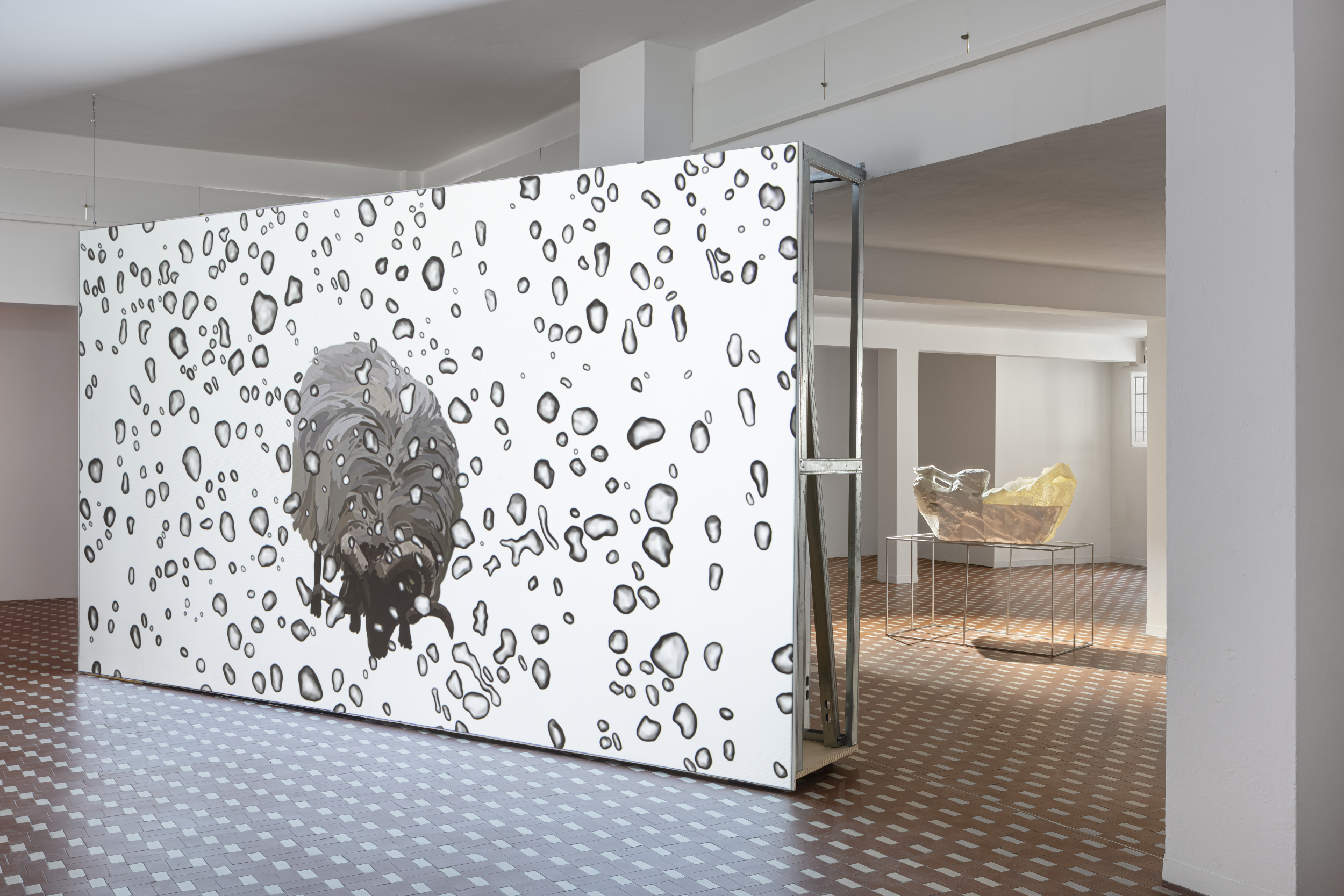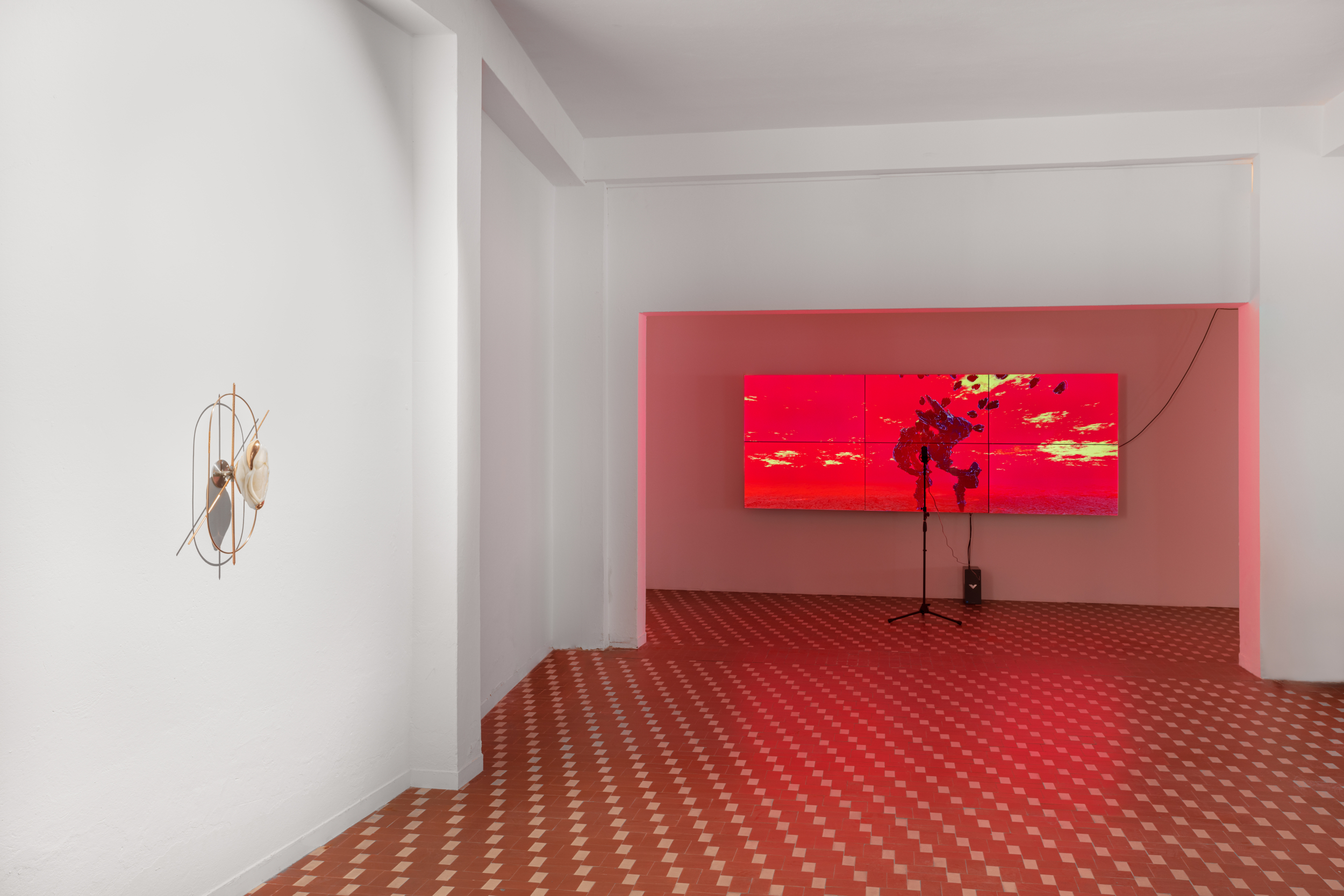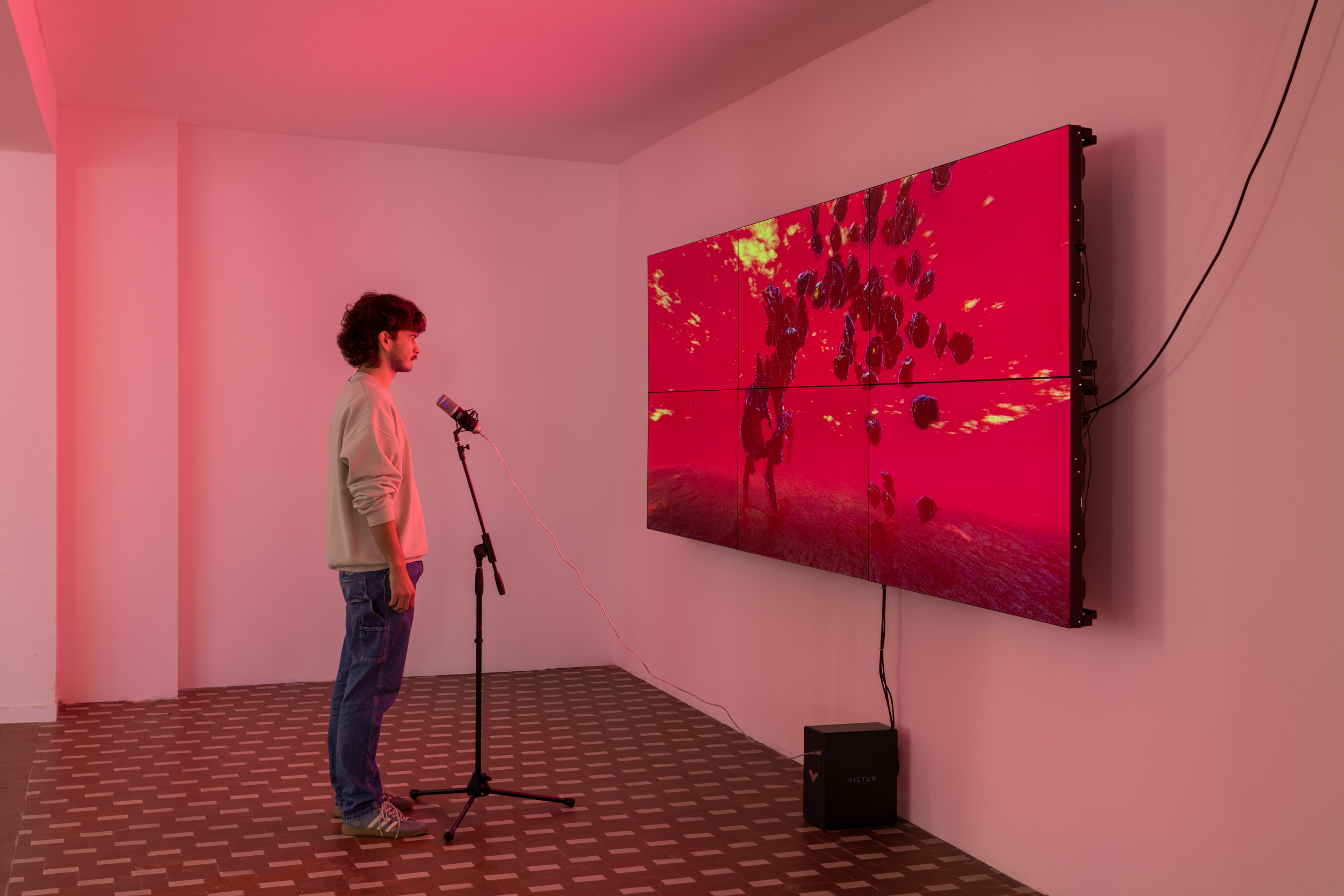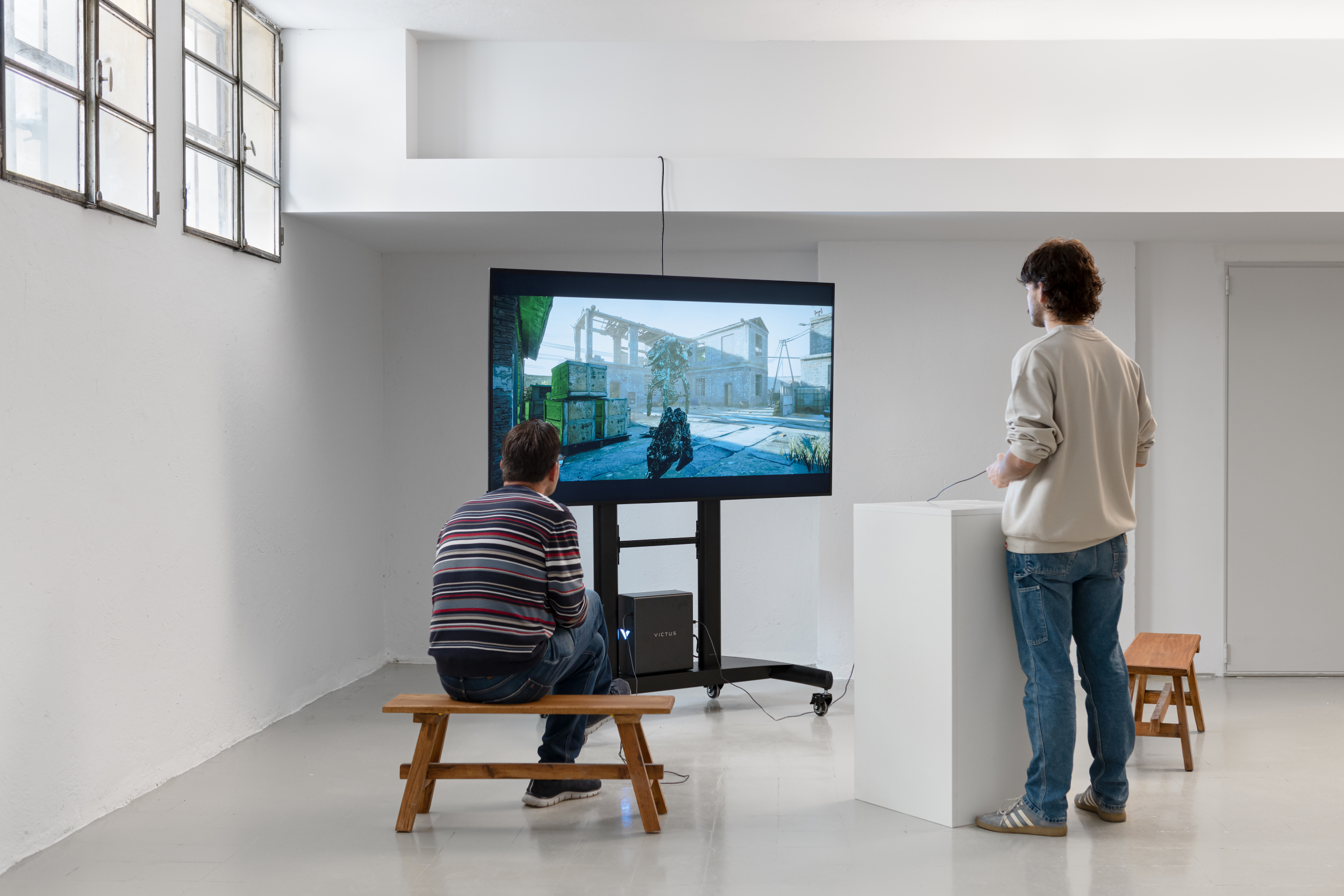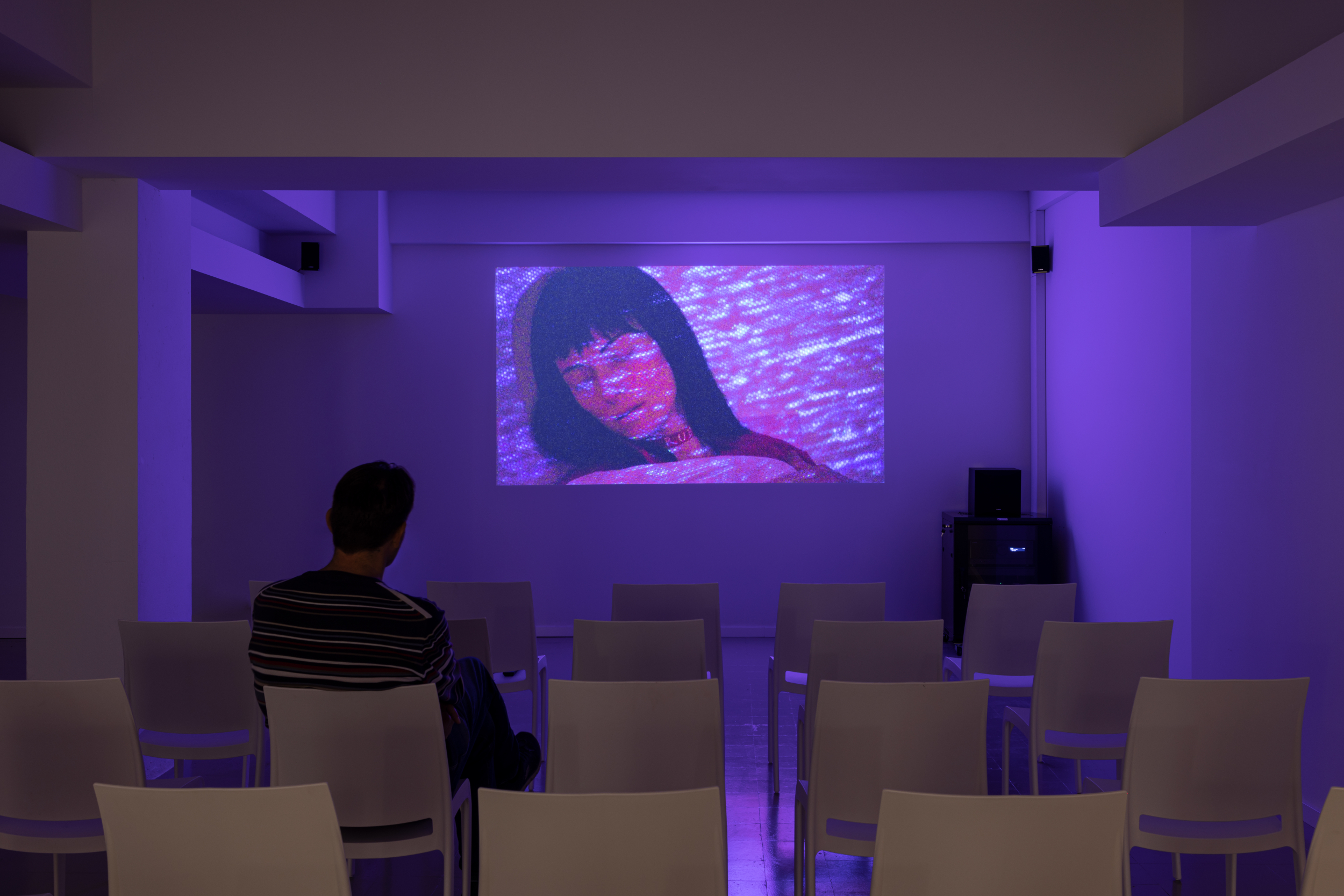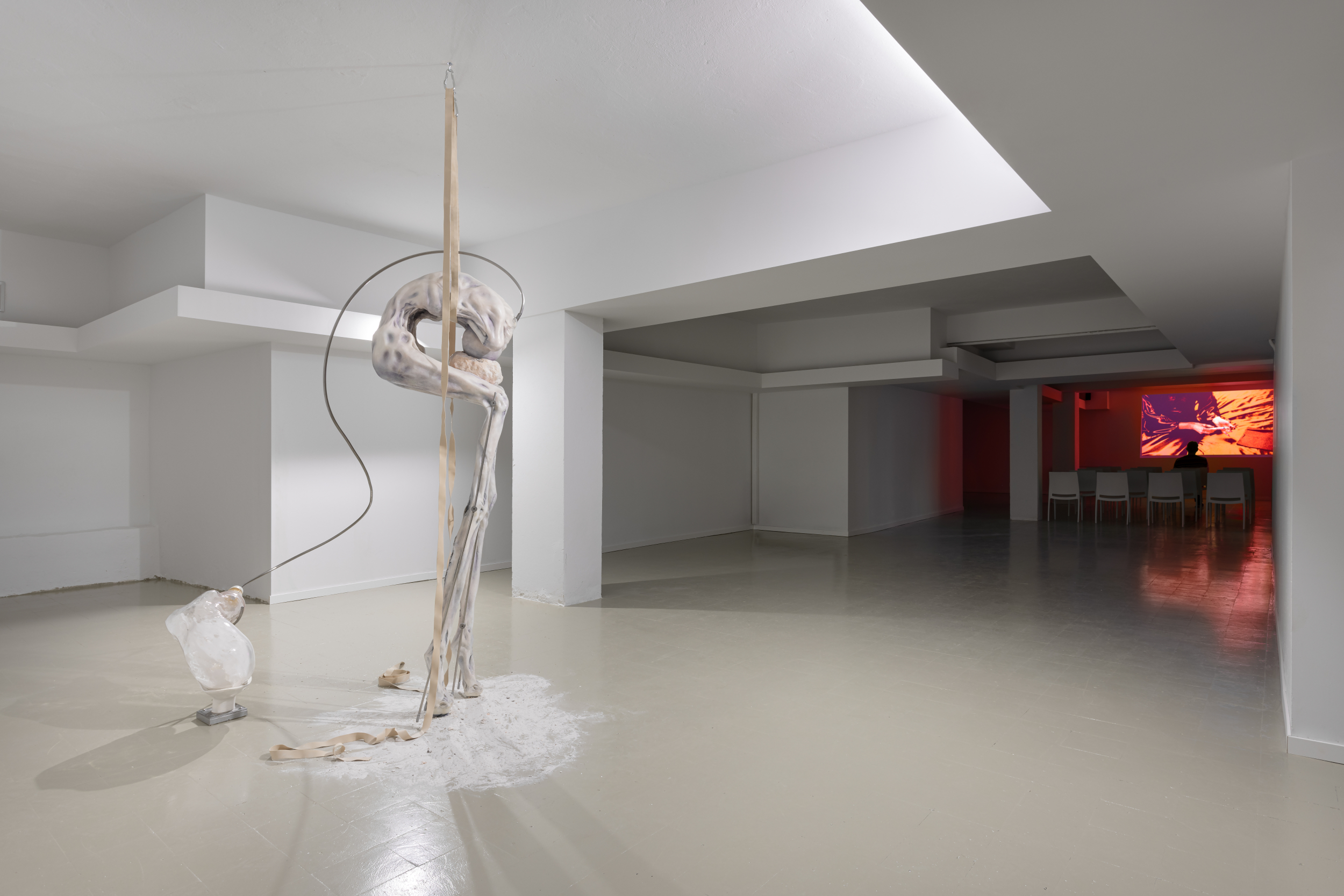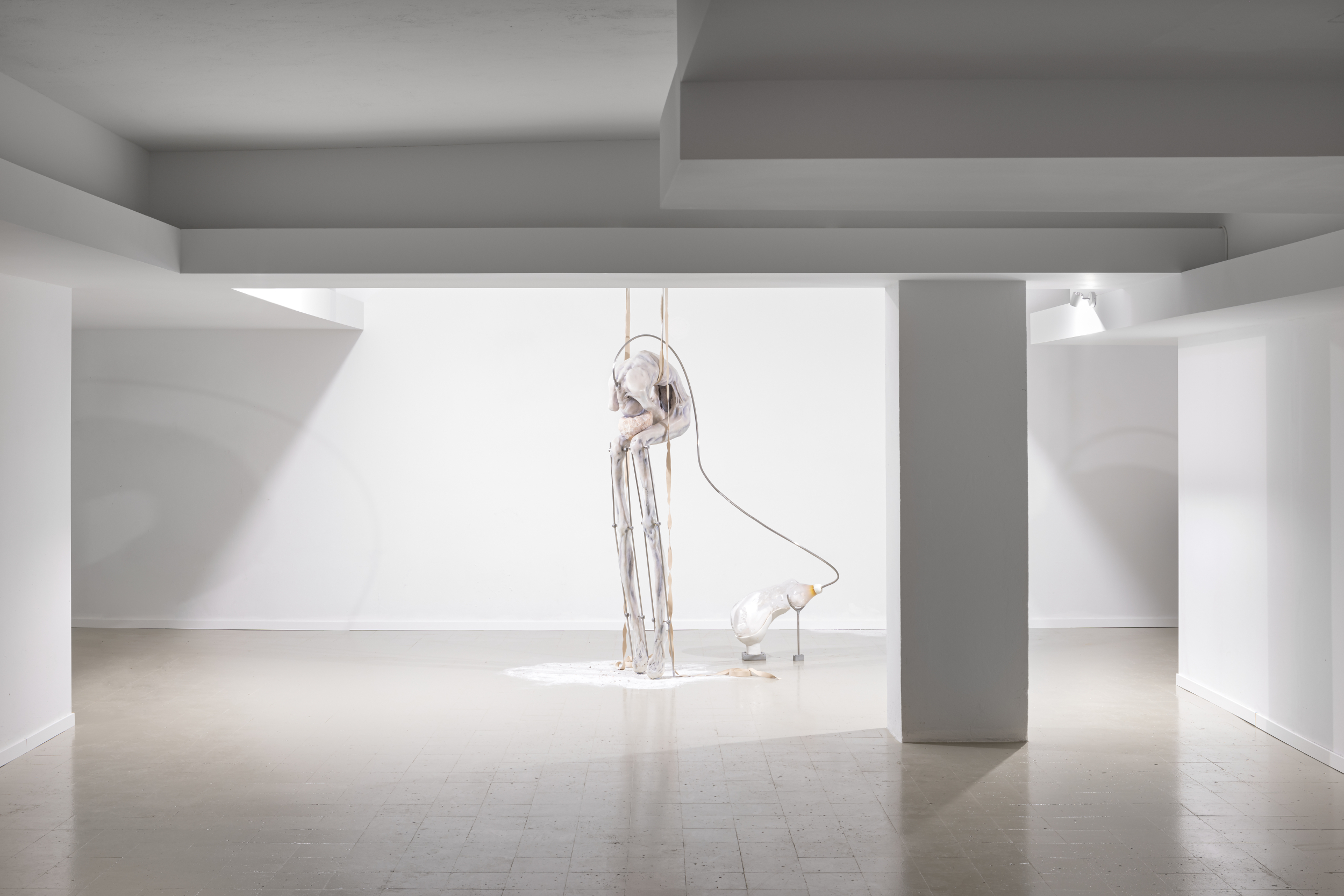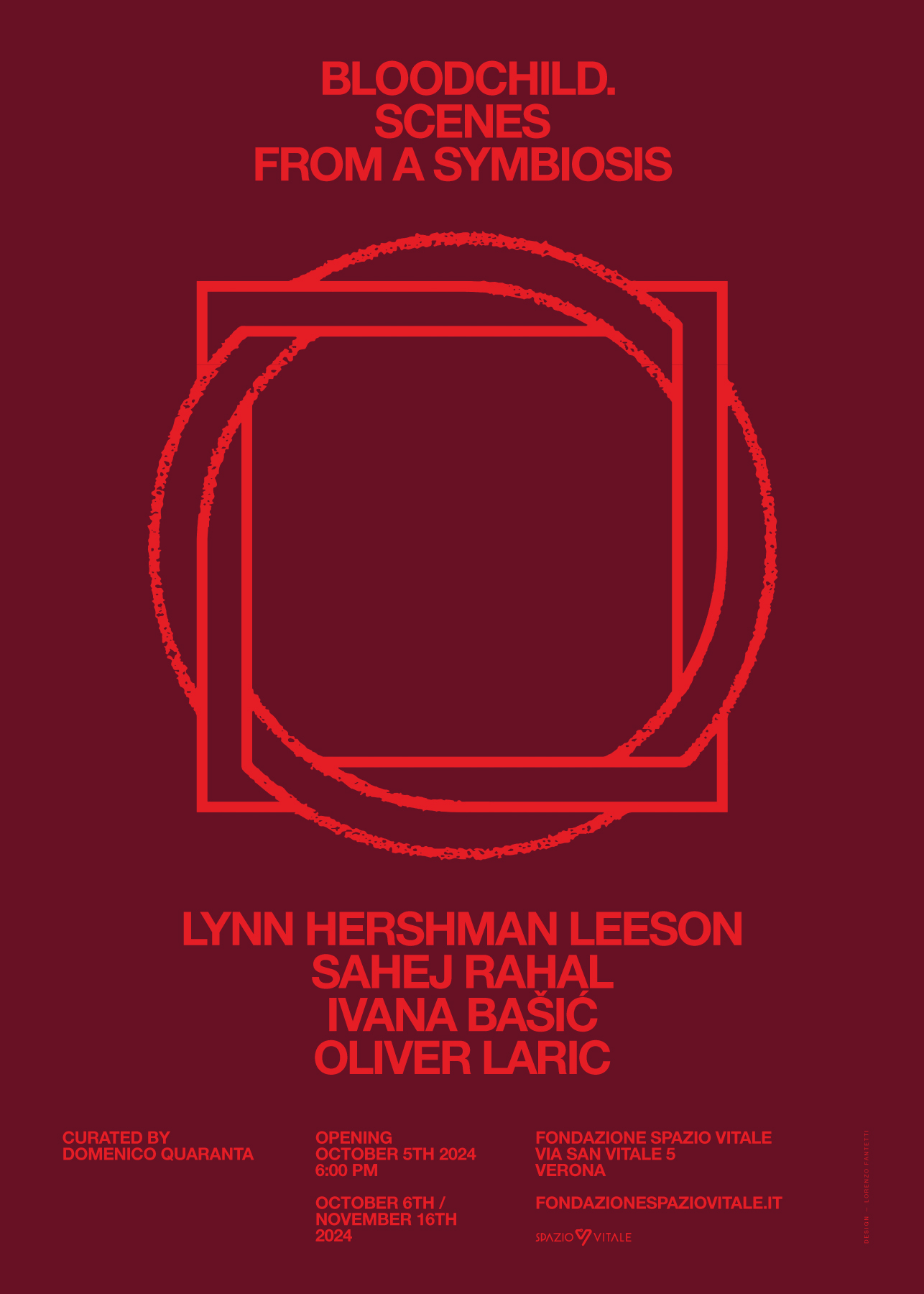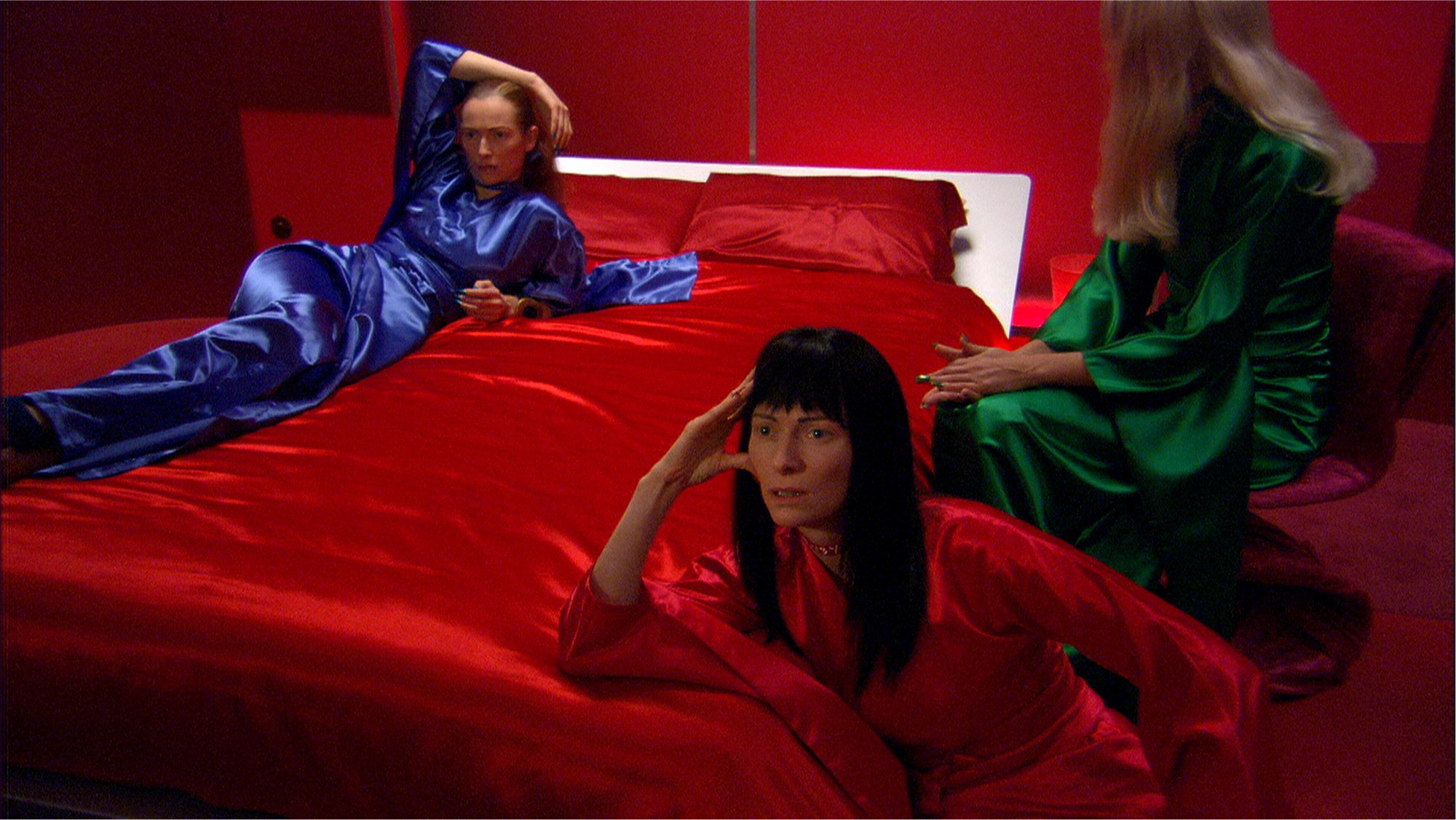
Bloodchild. Scenes from a Symbiosis
Fondazione Spazio Vitale
Via San Vitale 5 – Verona (I)
Opening: Saturday, October 5, 2024 – 6 to 8 PM
From October 7 to November 16, 2024 – Monday to Saturday, 2 to 7 PM
October 11, 12 and 13: 10.00 AM – 1.00 PM and 2.00 – 9.00 PM
Artists: Ivana Bašić, Lynn Hershman Leeson, Oliver Laric, Sahei Rahal


Ivana Bašić was born in Belgrade, Serbia (1986), and she lives and works in New York.
Ivana Bašić’s sculptures consider the ways subjectivity can transform into otherness: from human to non-human; from organic to inorganic; from matter into pure idealism. Her sculptures are all metamorphic, in states of shifting their bodily and metaphysical identities. Each sculpture combines specific materials—glass, wax, bronze, stone, stainless steel, oil paint—in a symbolic material language that is consistent across the artist’s practice. Charged by her early vantage point of violence and brutality brought on by the collapse of Yugoslavia, the work explores metamorphosis as a substitute for physical flight when there is nowhere left to retreat or hide. Bašić’s practice levies a posthumanist lens to investigate our ontological fixations: the fragility of the human condition; the breakdown of self and other; a reimagination of life and death; and a quest for immortality.
Ivana Basic’s recent exhibitions include: Schinkel Pavillon, Berlin (2023); Lafayette Anticipations, Paris (2023); National Gallery, Prague (2021); Museum of Art+Design, Miami (2020); Het HEM, Amsterdam (2020); Contemporary Art Museum Estonia, Talinn (2019); Kumu Art Museum, Talinn (2019); NRW Forum, Düsseldorf (2019); Athens Biennial (2018); Belgrade Biennial (2018); Künstlerhaus, Graz (2018); MO.CO Panacée, Montpellier (2018); Hessel Museum of Art (2017); Kunstverein Freiburg (2017); and the Whitney Museum of American Art (2016). Bašić’s work is in the collection of the Whitney Museum.
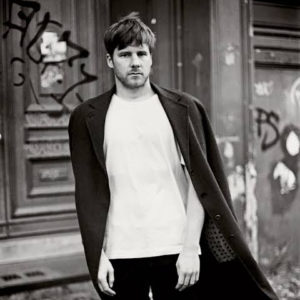
Oliver Laric is a Berlin-based, Austrian multimedia artist whose work is centered around issues of authorship, originality, and ownership – with a specific interest in visual culture in the digital age. His work and broad research addresses an ongoing history of the mutability of objects and images. From ideas of copyright to examples of iconoclasm (the destruction of religious iconography), Laric’s focus is on how objects and images are continually re-represented, appropriated, remixed, augmented and modified.
Several of Laric’s work evolve over time, at times relying on the voracious contribution of online communities. From 2006–2012, for example, Laric was part of the project VVORK, an art blog as exhibition space, which gained a large following and led to the group working as a curatorial collective. He has also collaborated with a range of museums to make 3D scans of sculptures available and free to download online. Even his own sculptural practice is often based on versions of classical and neoclassical sculptures, which he then reinterprets. His interest in reinscribing or opening up material, however, is not in the new or hybrid objects that result, but rather the moment of transfer, the metamorphosis of objects into other objects or images, and the endless potential of mutability. That is what Laric tries to capture.
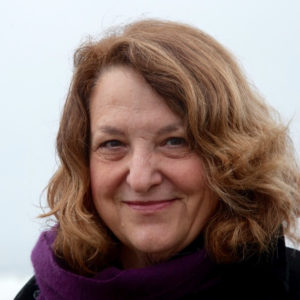
Over the last five decades, artist and filmmaker Lynn Hershman Leeson has been internationally acclaimed for her art and films. Hershman Leeson is widely recognized for her innovative work investigating issues including: the relationship between humans and technology, identity, surveillance, and the use of media as a tool of empowerment against censorship and political repression.
Lynn Hershman Leeson is a recipient of many awards including a Siggraph Lifetime Achievement Award, Prix Ars Electronica Golden Nica, and a John Simon Guggenheim Memorial Foundation Fellowship. And in 2022, she was awarded a special mention from the Jury for her participation in the 59th International Art Exhibition of La Biennale di Venezia. In 2023, Pratt Institute of Art in NY awarded her with an Honorary Doctorate. Creative Capital awarded her with their Distinguished Artist Award in 2023. SFMOMA acquired the museum’s first NFT from Hershman Leeson in 2023.
Her six feature films – Strange Culture, Teknolust, Conceiving Ada, !Women Art Revolution: A Secret History, Tania Libre, and The Electronic Diaries – are in worldwide distribution. Artwork by Lynn Hershman Leeson is featured in many public collections including the Museum of Modern Art, and The San Francisco Museum of Modern Art.
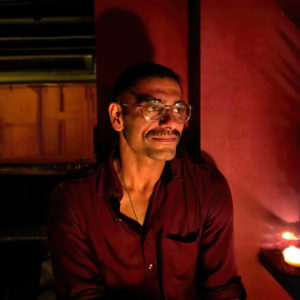
Born 1988 in Mumbai, India, Sahej Rahal lives and works in Mumbai. Sahej Rahal is a storyteller who weaves together fact and fiction to create counter-mythologies that interrogate narratives shaping the present. Rahal’s myth world takes the shape of sculptures, performances, films, paintings, installations, video games, and AI programs, that he creates by drawing upon sources ranging from local legends to science fiction, rendering scenarios where indeterminate beings emerge from the cracks in our civilization.
Rahal’s participation in group and solo exhibitions includes the Julia Stoschek Foundation, Düsseldorf, the Biennial of Moving Images at Centre d’Art Contemporain in Geneva, the Gwangju Biennale, the Liverpool Biennial, the Kochi Biennale, the Vancouver Biennale, MACRO Museum Rome, Kadist SF, ACCA Melbourne, and CCA Glasgow. He is the recipient of the Cove Park/Henry Moore Fellowship, Akademie Schloss Solitude Fellowship, the Sher-Gil Sundaram Arts Foundation Installation Art Grant, the Digital Earth Fellowship, the first Human-Machine Fellowship organized by Junge Akademie ADK, and the Eyebeam Democracy Machine Fellowship 2024.
